Legend of Tsuba-Tsuba (part of 1)
Happy New Year I go to congratulate
Old acquaintances ...
Shiki
This epigraph to the fact that this is the first material that I wrote in the new 2019 year, and it is a kind of congratulation to all visitors to the site "VO", because it is about ... beautiful! And the beautiful is always pleasing and pleasing to the eyes, heart and mind. And that's just tsuba - one of these pleasant, in my opinion, things. With her stories we will start the new year and a new thousand materials on this site ...
Give way to the fence for today
Nightingale-singing.
Issa
Man in all the child of nature. The whole way of his life is dictated by the natural and geographical conditions of his habitat and that is why the aborigines of Australia wear loincloths, and the Eskimos and Chukchi wear fur pants inside. “If you are lazy,” say the Chinese, this wheat, and if you are hardworking, grow rice! ”However, the same Japanese do not grow rice because they are so hardworking, simply in their natural geographic conditions no other culture will feed them, 75% of their territory is mountains, and the plains occupy less than 25% of the territory, and the main part of the country's population lives on these 20-tees and 80% rice is produced! The country was constantly shaken by earthquakes in the past, nothing has changed and now: every year there is a noticeable fluctuation of the soil here before 1000. Only in Tokyo every day there are 1,5 earthquakes per day with magnitudes of 2 and higher points. And add to this tsunami, typhoon hurricanes, severe climate - in the summer it is hot, humid and stuffy, in winter it is windy and cold, so living there is just hard. However, despite such difficult conditions of the natural geographic environment, the Japanese consider their land as the Land of the Gods and the best place to live on earth!
For many thousands of years of its history, the Japanese have created on this earth a truly unique culture, not only original, but also very high. But again, very, very specific, if we again turn to the conditions of their habitat.
Anyway, and if there is a culture, then you can be interested in it, you can get to know it and you can study it. So, for example, more than a year ago here, on “VO”, a series of four materials was published entitled “Japanese sword: deeper and deeper ...”, which talked about this original and, let's say, purely national Japanese weapons. The last material ended with the words that “the Japanese sword is a whole story that you can dive into for a long time and ... very deeply. But we will end our "immersion" for now. " But now a year has passed, and we again return to this interesting topic. Only now we will not talk about the Japanese swords themselves, but about such an important detail as the tsuba. However, there was also a tsuba *, but in the summer of 2015, and since then much water has flowed and a lot of new information has appeared. So it makes sense to return to this topic at a new level. In those two articles, the main source of illustration was photographs provided by Japan Antiques. In the new series, these will be photos of tsubs from the collections of various museums of the world, including such as the Metropolitan Museum of Art in the USA and the National Museum in Tokyo.
Sword Ken, V c. Found in Kumamoto Prefecture. Length 59,7 cm. Received by exchange from the Tokyo National Museum in 1906 year. (Metropolitan Museum, New York)
Well, we have to start from the beginning. And the very beginning of this ... era, when all Japanese swords were straight, because in this form they were borrowed from China, which was a model for everything then for the Japanese. In the photo you see the sword, which was discovered in one of the most famous early mounds in Japan - Edo Funaum Kofun, which is located in the prefecture of Kumamoto, on the island of Kyushu, in southern Japan. The mound, which was first excavated in 1873, brought many rare finds, including jewelery, crowns, formal shoes, armor details, mirrors and a few swords, all of very high quality.
Swords of this period are extremely rare and show the earliest stage in the development of the Japanese sword. This blade was transferred to the Metropolitan Museum of Art in 1906 as part of an exchange of art objects with the Imperial Museum in Tokyo, which was organized by Dr. Dean Bashford, who at that time was an honorary guardian of weapons and armor at the Metropolitan Museum of Art. In 1965, the remaining finds after excavations were officially designated as "National Treasures", that is, objects that have the highest rating among all cultural property in Japan. Now they are in the collection of the Tokyo National Museum.
Sword ken with vajra style handle. Metropolitan Museum, New York)
The next sword, which is presented here in the photo, has survived downright perfectly and this is also a typical (though not quite) Japanese sword ken. That is, he has a typical straight blade, the length of which is 30,6 cm, and the length of the 9,7 arm, see. Another thing is interesting, namely, that he has no guard at all. Moreover, in itself, it is clearly unusual and this is true because it represents the symbolic weapon of the gods - the vajra. And it was precisely his form that made her such a suitable object for use as a sword handle (ken), although swords with such handles are an extremely rare example of combining esoteric Buddhist practice and a Japanese sword. The blade dates from the late Heian period or the early Kamakura period (late XII-early XIII century), and the handle of gilded vajra-shaped copper was most likely made at the beginning of the Nambocutho period (mid-XIV century). In Buddhist iconography, the sword is the protection of religious teachings from lies and evil. It is a symbol of intelligence and, therefore, the victory of spiritual knowledge, which opens the path to enlightenment. In combination with the handle of the vajra, it denotes the sword of wisdom (e-ken), one of the main attributes of one of the deities of Hindu origin - Shingon Fudo, which was assimilated into the Japanese Buddhist pantheon in the IX century. In the school of esoteric Buddhism, Shingon Fudo is a manifestation of the Supreme Buddha (Dainiti Nyorai), who appeared to fight evil and protect righteous deeds. Therefore, it is possible that this ken was created for use in the Shingon ritual dedicated to Fudo. Images of Fudo often appear in the decoration of Japanese armor and weapons. Usually he is shown surrounded by a flame, and holding a sword, pointing up, in his right hand, and a rope (kensyaku), with which he binds and nullifies evil, in his left hand.
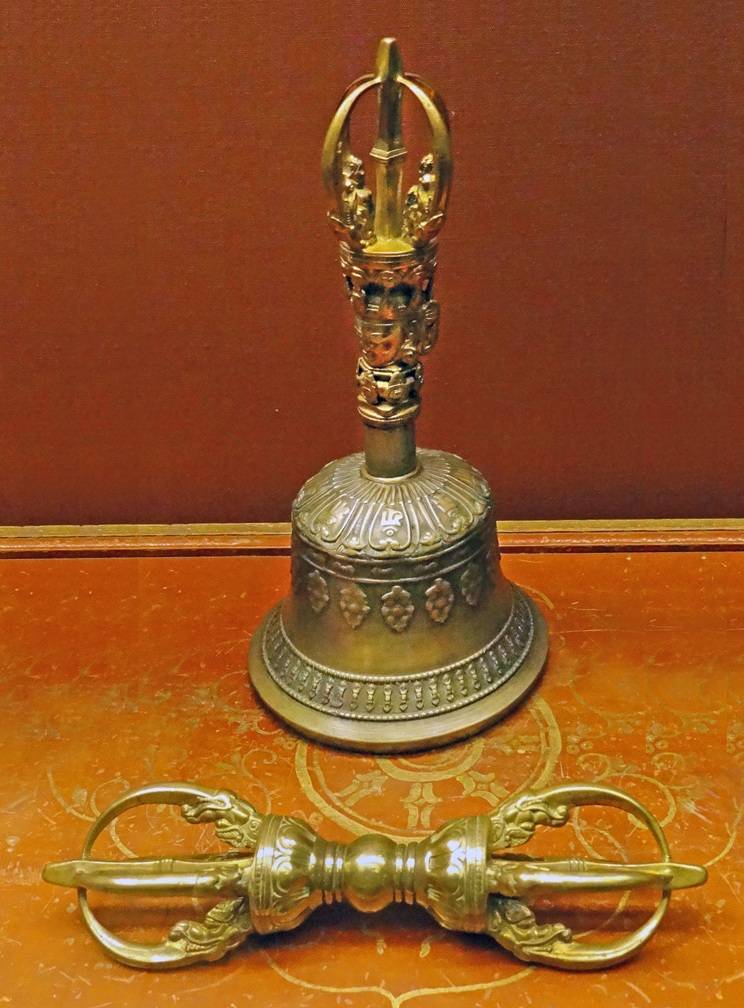
Bell Vajra and Vajra proper (British Museum, London)
Later, the sword acquired its characteristic curved shape, that is, in fact, turned into ... a saber. But again, according to the tradition, we call this Japanese “saber” a sword, as well as the straight Viking swords, which had one blade and a beveled point. Well, it has already become a tradition, however. Well, the result of all the Japanese experiments with their single-edged swords was their very special design. The European sword was made "for life" and it was impossible to disassemble it, because the blade's shank was riveting. The Japanese sword was collapsible. That is, all the details of its handle from the blade (blade shank) were easily removed, after removing the special mounting pin (wedge) - mekugi.
Japanese katana sword blade, signed by Masazane **, year 1526.
The length of the sword is 91,8 cm; 75,1 blade length, see. (Metropolitan Museum, New York)
Masazane's sword tail with a signature. Well visible hole for mekugi. (Metropolitan Museum, New York)
And such a device was very convenient. By the same blade, it became possible to have several handles and a cube at once! That is why, by the way, there are so many of them. After all, their number in the world is an order of magnitude greater than the number of Japanese swords in the same museums! And the reason is simple. Family sword passed down from generation to generation. But the fashion was changing, and the old mount with a sword was removed and a new one was ordered. Well, after the 1876 year, when the massive sale of Japanese swords began, not all collectors, and just lovers of wonders, could afford to buy a sword. But tsuba ... why not buy it, and the Japanese masters immediately began to make tsuba in large numbers and sell them to Europeans, while copying the most "commodity" samples.
Tanto Blade, signed by Kunitoshi, approx. 1315 – 1316. Length 34,6 cm; blade length (23,8 cm); 185 weight, (Metropolitan Museum, New York)
The peaceful era of Edo also affected the traditions of the Japanese "sword masters". The blades began to decorate with images, which had not been observed before, and the very same tsubas became rich and refined, whereas at the very beginning they were a purely technical detail and nothing more.
Early tsuba ***, approx. III - VII centuries. Bronze, gold. Length 7,9 cm, width 5,8 cm, thickness 0, 3 cm. Weight 36,9 g. (Metropolitan Museum, New York)
Tsuba, ok. III - VI centuries. Iron. Length 9,2 cm, width 8,9 cm, weight 56,7 g. (Metropolitan Museum, New York)
* We remind you that there are no declensions in the Japanese language, so it seems that you need to write everywhere “to the tsuba”. For example, E. B. Skralivetsky in his book “Tsuba - Legends on Metal. SPb., Atlant Publishing House LLC, 2005, nowhere declines this word. But ... why should we follow the norms of another language when we speak and write in our native? It seems to me personally that this is wrong. It is necessary to write as it is customary according to the norms of the Russian language and to follow our language tradition.
** Masazane was the “sword master” at the end of the Muromachi period in Ise (in modern Mi prefecture). Belonged to the school of Sengo Muramas. This sword has a characteristic line of hardening, made in the form of aya-suguha-da ("curved grains"). Blades with ayah-suguha-da design have been the “trademark” of the famous “Hasan swordsmen school” since the 14th century. This sword is the only known example of a blade with such a pattern made by a swordsman who did not belong to this school. The sword is in perfect condition, signed and dated, and has an extremely rare grain pattern, a combination of important qualities that are rarely found in one sword. There is an inscription on the front side (“Masazane did it”), and on the back is the date 12 August 1526.
*** This tsuba comes from a mound (kofun) in Shioda, in the Japanese province of Bizen, and is one of the first tsuba in Japan. In the US, I got on the exchange of items between the Imperial Museum (later the Tokyo National Museum) and the Metropolitan Museum in 1905 – 1906.
To be continued ...
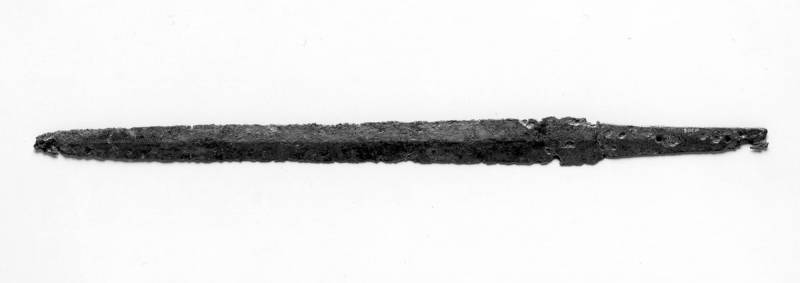
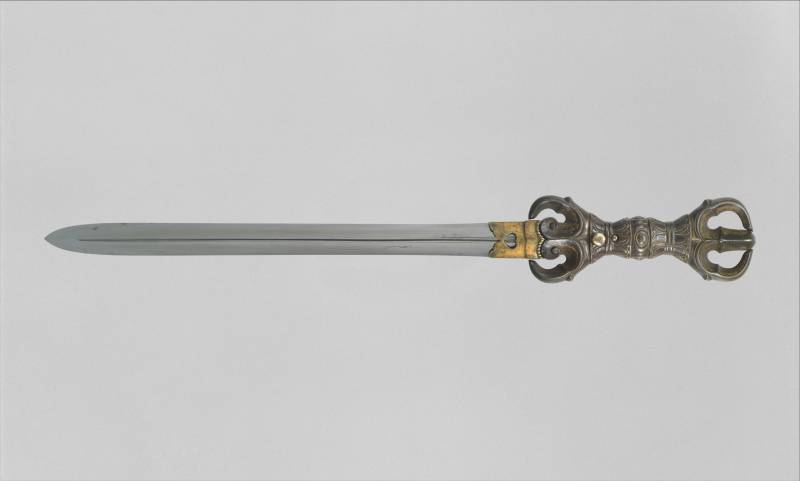

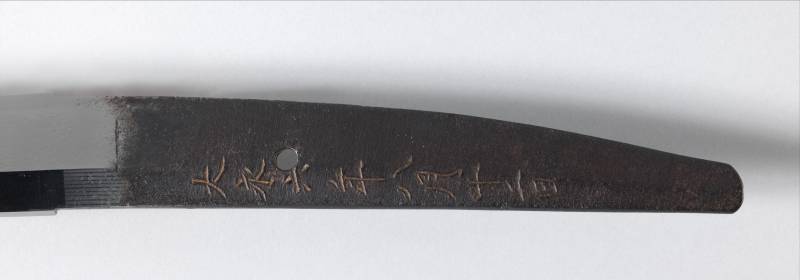
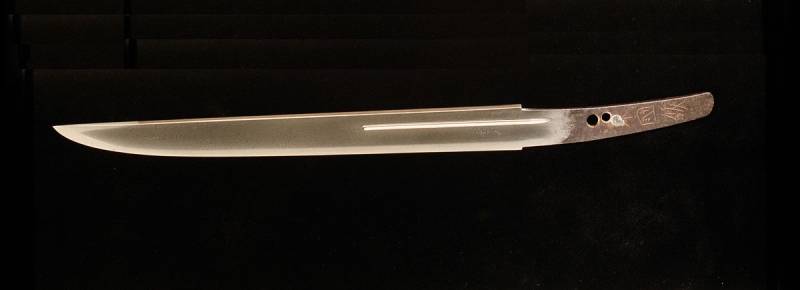
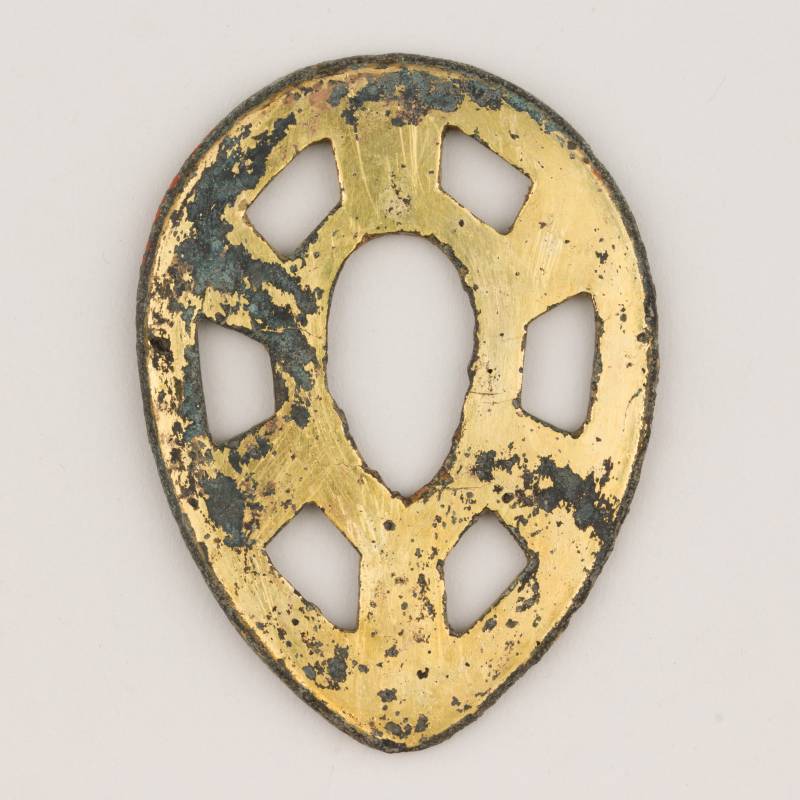
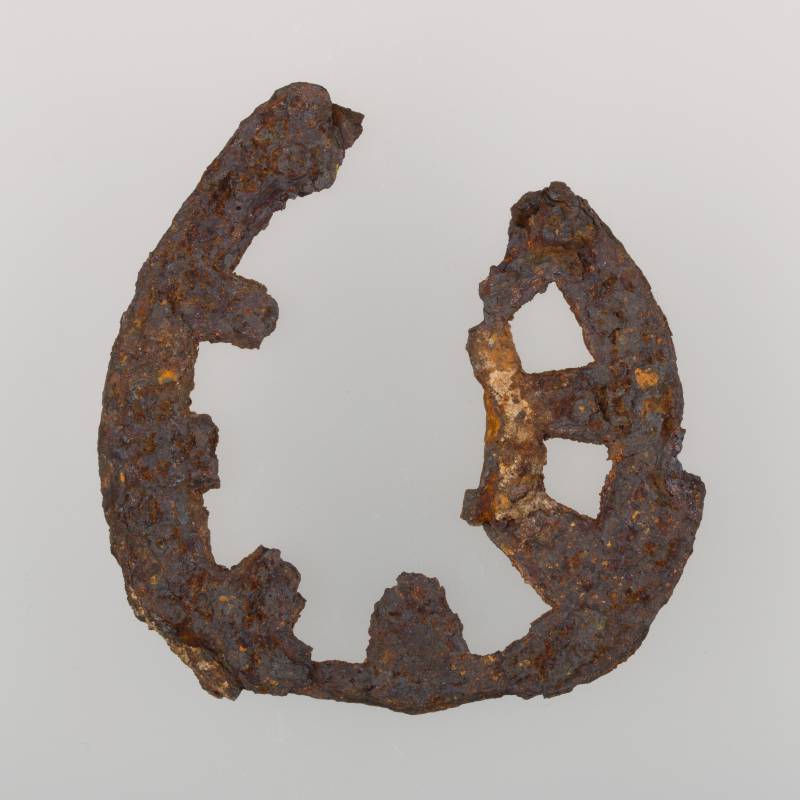
Information